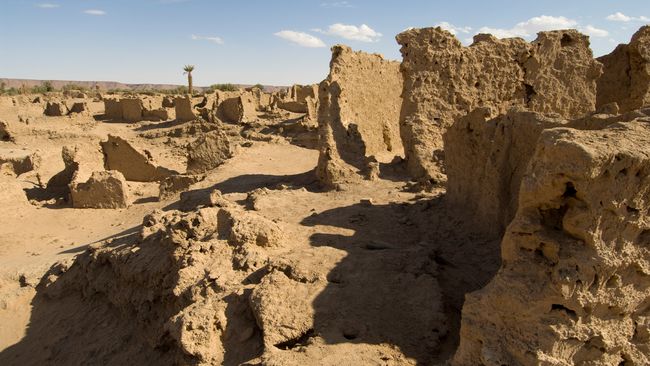'World-class aquifer' enabled ancient African kingdom to thrive in the Sahara for hundreds of years
By Tom Metcalfe published about 12 hours ago
The rise and fall of the Garamantes in what is now Libya is a cautionary tale for regions that rely on ancient groundwater.

Ruins from the Garamantian kingdom in what is now the southwestern region of Libya. (Image credit: Sharpshooters /VW Pics/Universal Images Group via Getty Images)
A unique method of obtaining underground water enabled the Garamantes to thrive in the Sahara more than 2,000 years ago, long after the region became a desert. But their demise is a cautionary tale for modern regions, like California, that rely heavily on ancient groundwater for their modern supply.
"They were lucky to have this world-class aquifer," Frank Schwartz, a hydrogeologist at The Ohio State University, told Live Science. "But it was a non-sustainable system, and it eventually ran out."
Schwartz, who studies the hydrogeology of ancient civilizations, described the rise and fall of the Garamantes on Oct. 16 at the Geological Society of America's annual conference in Pittsburgh.
Historians once thought the Garamantian kingdom was a minor power in the Fezzan region of North Africa — now in southwestern Libya — until it was subdued by the expanding Roman Empire in the first century.
More:
https://www.livescience.com/archaeology/world-class-aquifer-enabled-ancient-african-kingdom-to-thrive-in-the-sahara-for-hundreds-of-years
